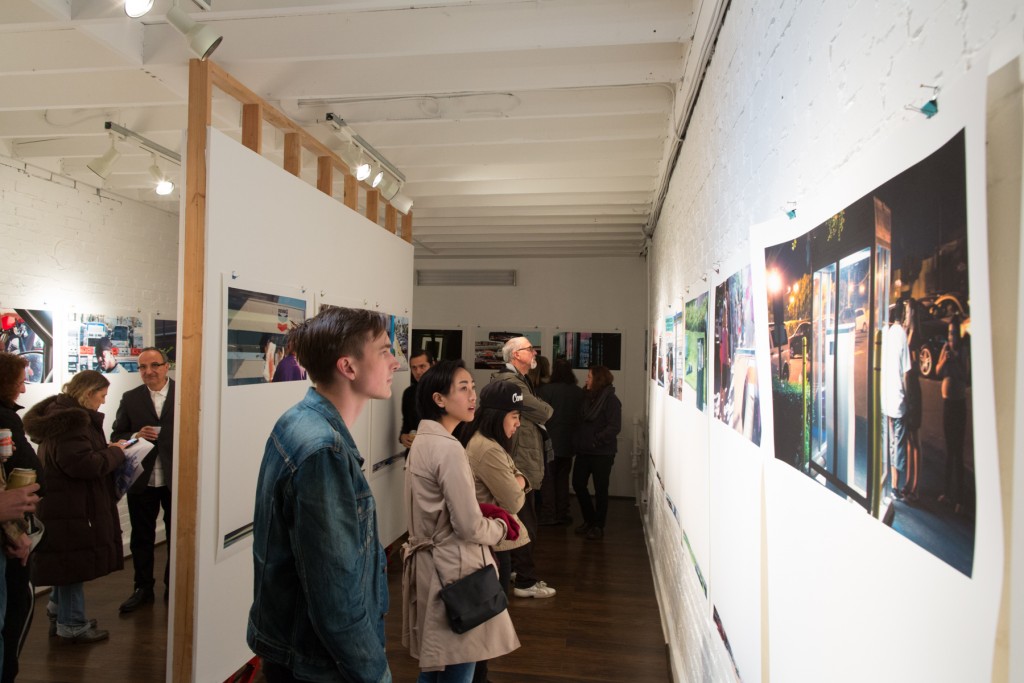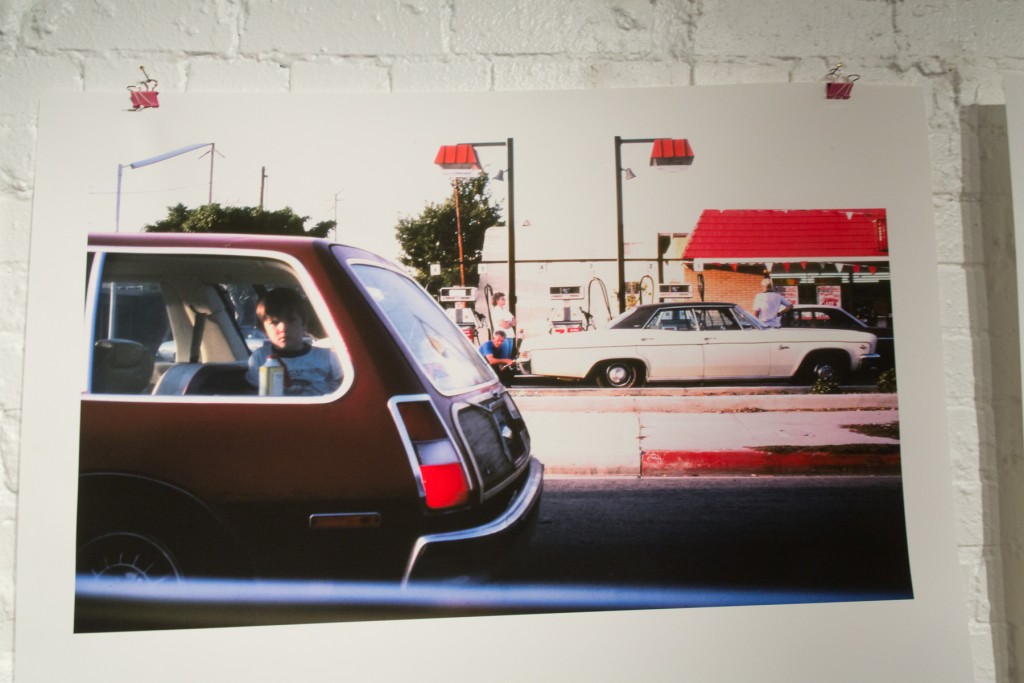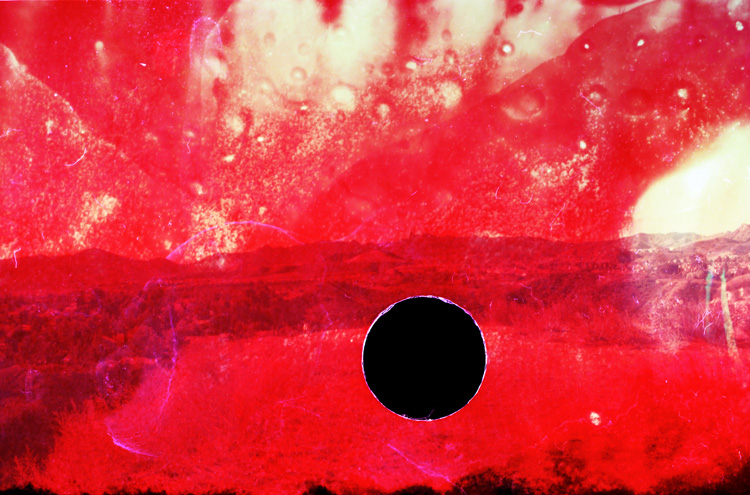
Opening Saturday, August 8th, Arpi Agdere’s “Punctum” is coming to West Los Angeles’ Haphazard Gallery.
The Los Angeles-based, Istanbul-born artist works in a wide variety of media, from photography to video, creating intensely vibrant images whose surreal color palettes leap from her pieces and embed themselves in the viewers’ eyes and minds. Her installations combine colors and textures that shimmer like multi-colored jewels. A world traveler and graduate from the Art Center College of Design in Pasadena, Agdere explains that her work, while verging on the abstract and surreal is created to “retain the essence” of her subject. The artist distorts her images but also transforms them “without being destroyed completely.” So her “Flowers” series decomposes the floral form, and yet the delicate blooms still seem to waver in a brilliantly colored wind. “I’m
interested in understanding how an image is made, what it means and the difference between making and destroying that image,” Agdere says.
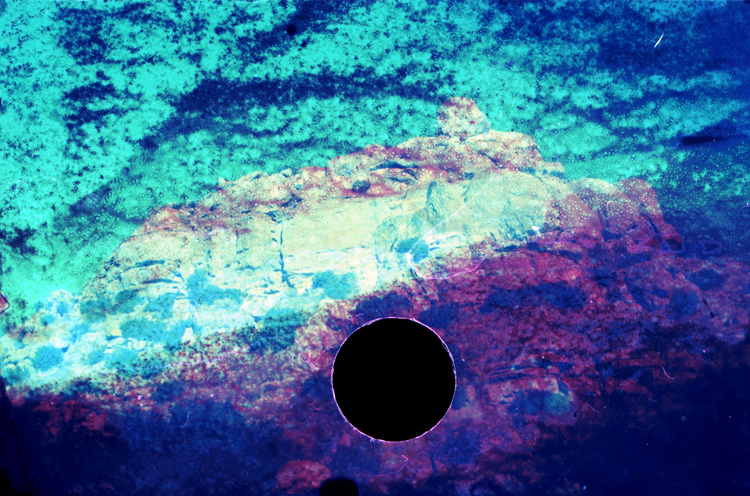
The artist’s immersive solo photography exhibit opening this weekend, is born from Agdere’s photographic work, but is not your standard photography exhibit. The artist works in-studio and develops her pieces in the photographic medium, but she is all about the patterns, colors, designs, and shapes the photos create, not photography itself. In “Punctum,” the artist takes us into a psychedelic universe of color vivid enough to pop into sound, of shapes that could be stars, galaxies, black holes, the fragments of crystals, the waves of an endless sea. Several pieces are more grounded in place: in one, a suburban neighborhood is cast with green and yellow patterns that could be leaves and an overlay of red that could be blood. All three colors appear to be washed over the mono-chromatic gold and black images of the homes and streets.
Whether depicting such a distorted suburban street, dancing multi-colored orbs of light, or a close-up, layered, granular surface, Agdere gathers astonishing insight into her subjects. In another piece, through a mix of intense color choices, photographic textures, and processing effects, what could be a static image of a hillside in the foreground with a green valley beyond, becomes a vision into a world submerged in greenness, its rich brown patches foreshadowing an eventual end to the fecundity depicted.
In short, Agdere is not a photographer so much as she is an artist who uses the medium to express a landscape both recognizable and beyond the recognizable. In each piece that comprises “Punctum,” the artist also makes use of the technique of “negation,” a black hole juxtaposed carefully among the images.
The hole looks like a portal to another dimension, or an ominous entrance to a less vibrant future. It draws the eye of the viewer away from the brilliant colors the artist uses and back to them again. While thematically the appearance of the black hole serves as a strange contrast to Agdere’s landscapes, as if alien beings were about the descend on whatever vestige of our planet remains, the origin of such an image is more prosaic. In the early 20th century, thousands of photographic negatives were destroyed by the Farm Security Administration in the U.S., by using a paper puncher to punch through them before archiving.
This bizarre practice was used on negatives whose images were considered either unfit or unusable by administrators of the Information Division such as Roy Stryker. This “negation” of images is used by Agdere as a stunning visual counterpoint to her almost giddy swirls and vividly surreal color washes; a sign of the darkness inside of, as well as opposite to, her other-wordly landscapes. The hole provides an almost magnetic pull, sucking us into each work, keeping our eyes and minds clinging to the sides of the hole lest we fall in as we look around the brilliant world Agdere creates. Will this hole pull us, as well as Agdere’s images, into the vast unknown?
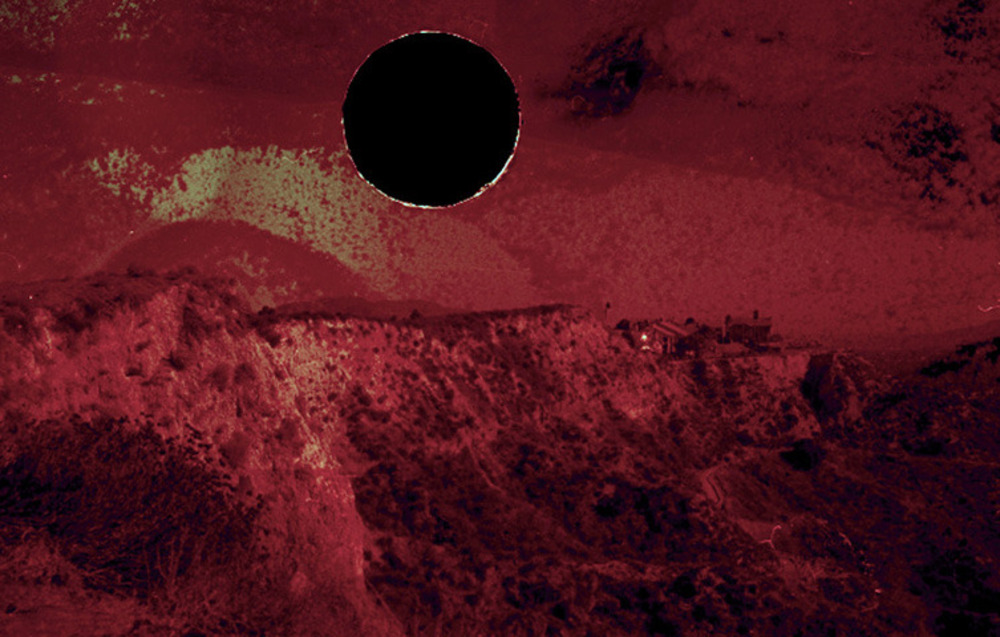
The exhibition’s title, “Punctum” means a small, distinct point. For Agdere, the point is indeed distinct but hardly small or insignificant. The word was used by philosopher Roland Barthes
to express the duality represented in certain photographs, of two very different and disconnected elements. He termed these two elements the studium, a self-contained whole with a clearly understood meaning, and the punctum, whose origin is the Greek word for trauma. To Barthes, in photographic terms, the punctum goes beyond language, inspiring a private and unexpected meaning, a part of a photograph that holds the viewers gaze even as it disturbs. To Agdere, it appears that the punctum is the expression of a visual dichotomy between luster and an empty void.
Agdere’s searing colors and vibrating landscapes, punctum included, will be on display at Haphazard until September 20th.



